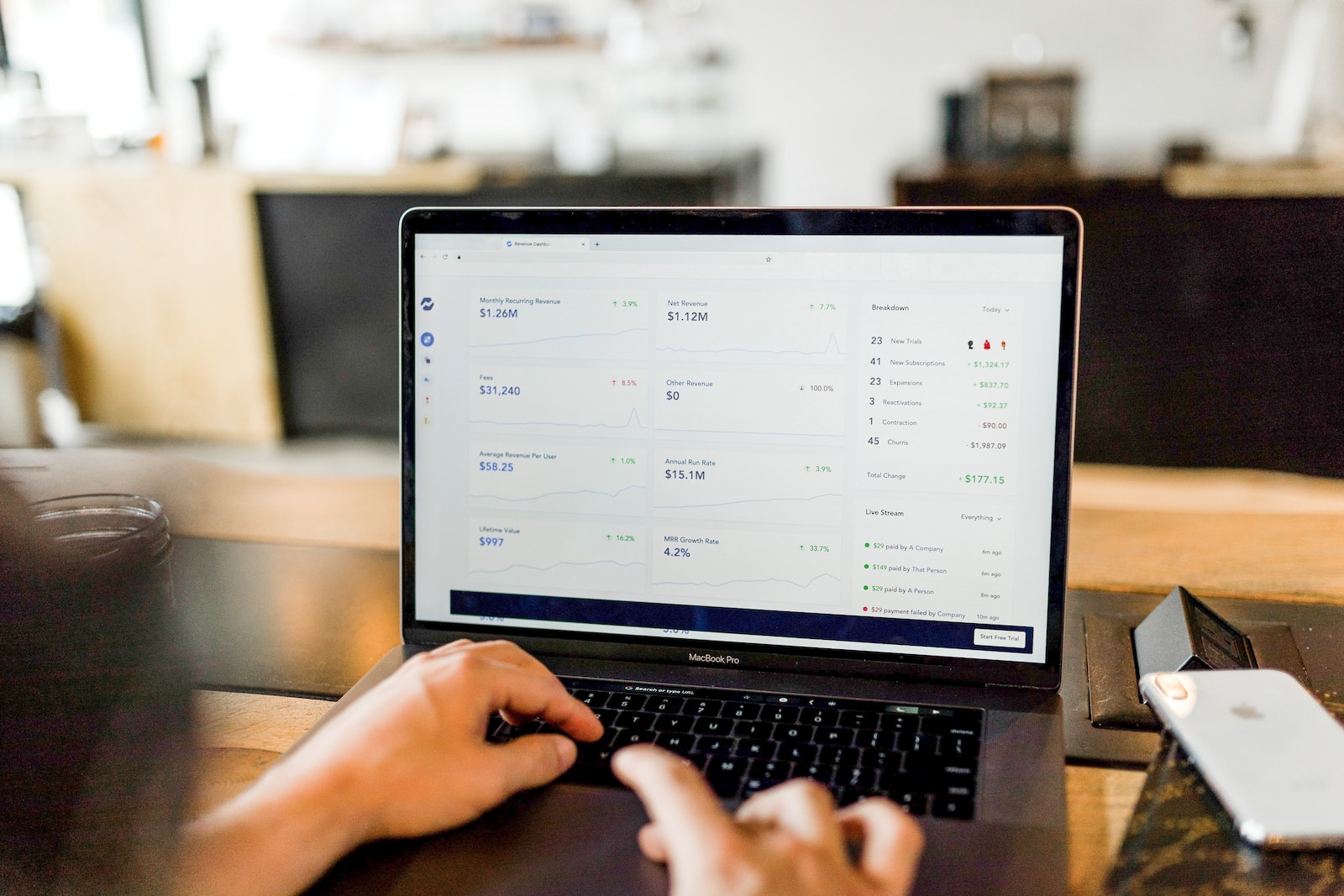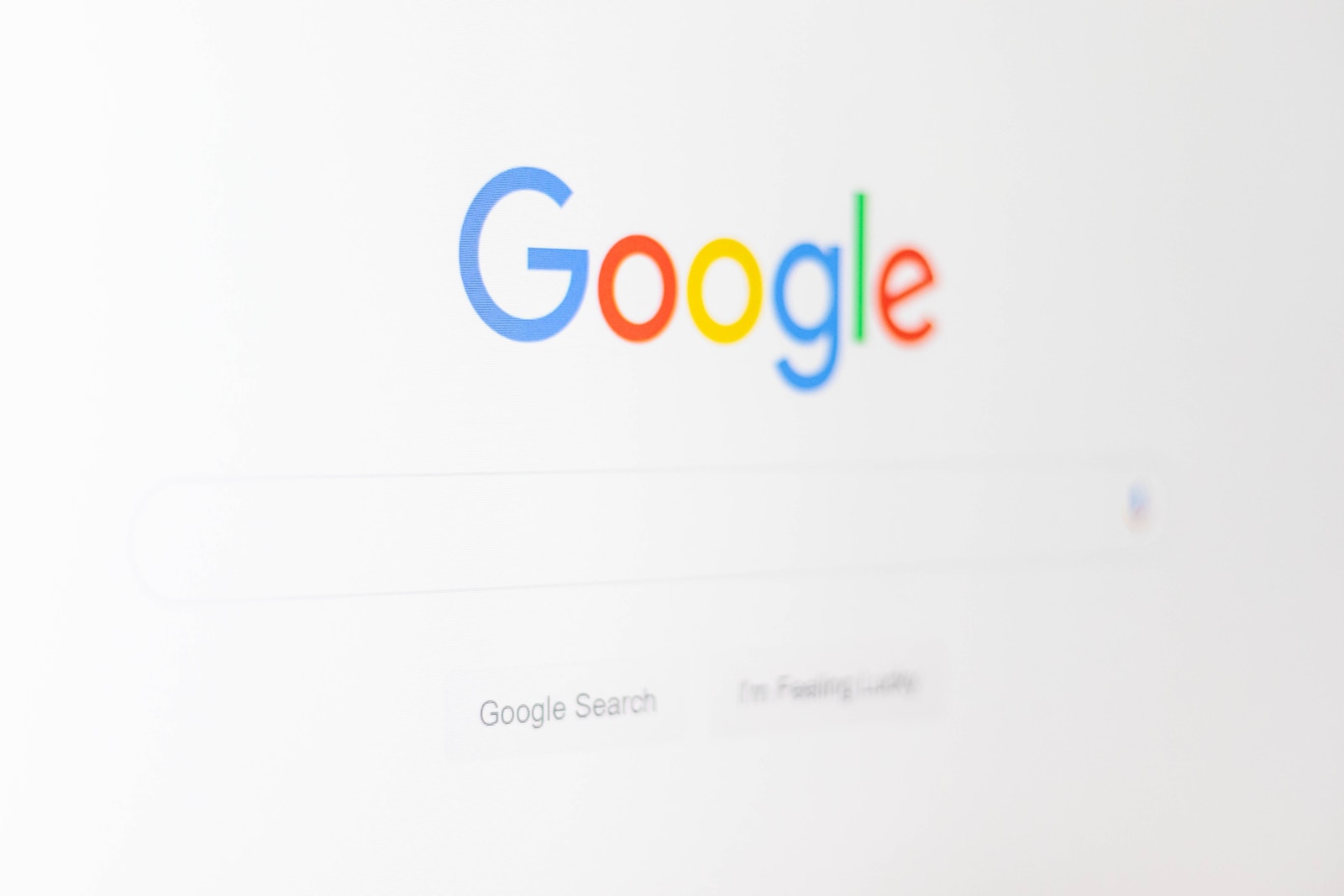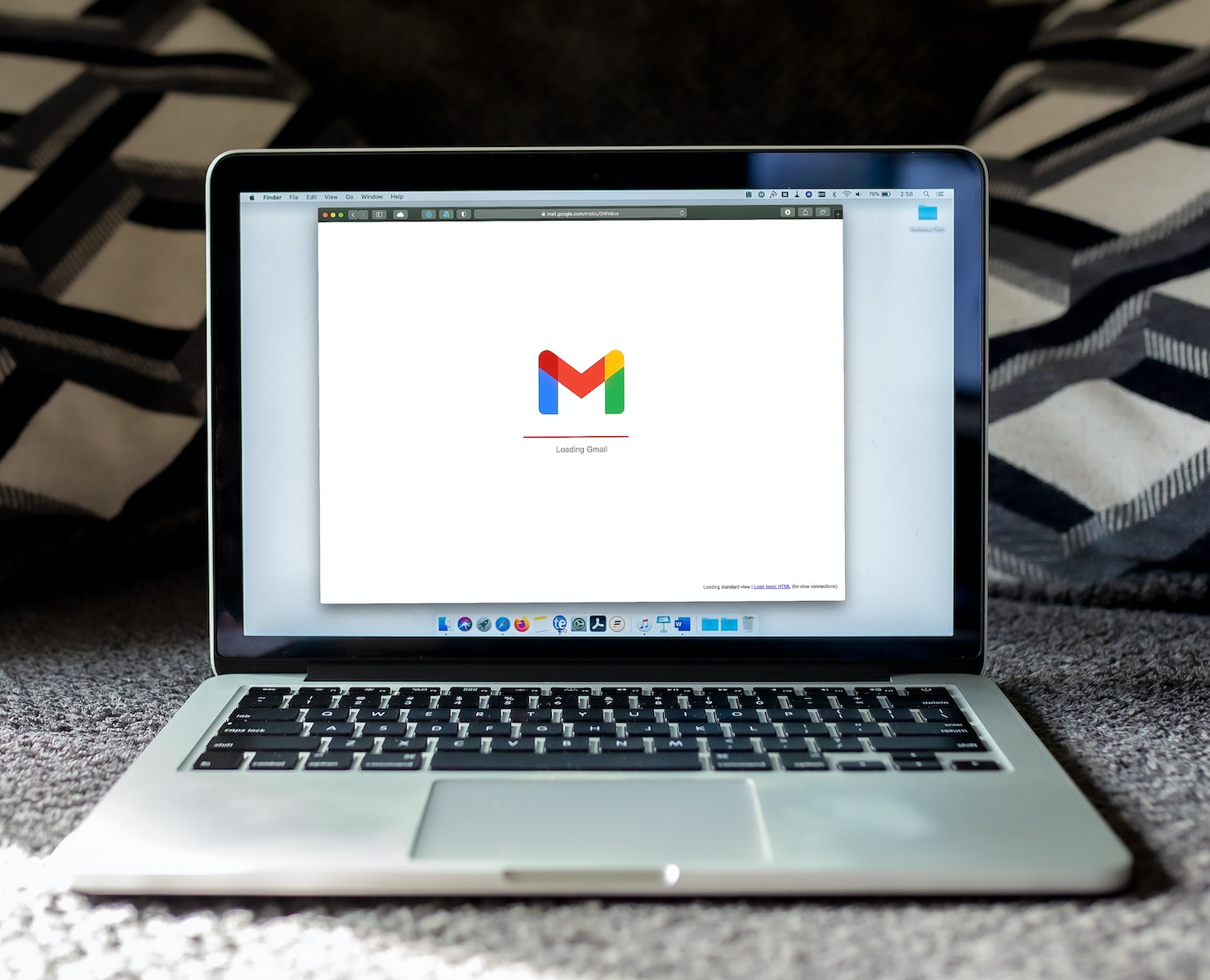Google Ads is a powerful and effective tool for driving traffic to your website. However, the ultimate goal of any Google campaign is not just to get traffic to your site, but to convert that traffic into customers. To achieve this, you need to focus on conversion, which is the primary goal of your Google campaigns. Here’s everything you need to know to optimize the conversion rate of your Google campaigns.
Introduction to Conversion Optimization
Conversion optimization is the practice of increasing the percentage of website visitors who take a desired action, such as making a purchase or filling out a form. In other words, it’s about making the most of the traffic that comes to your website. By optimizing your website for conversions, you can turn more of your visitors into paying customers, subscribers, or leads.
Conversion optimization is especially important for businesses that rely on online sales or lead generation, as it can dramatically improve the return on investment (ROI) of your digital marketing efforts. Rather than just driving traffic to your website, the focus is on driving high-quality traffic that’s more likely to take action.
Optimizing conversions involves various strategies and techniques, such as improving the design of the website, creating compelling calls to action, and running A/B tests to determine what works best. By analyzing data and making data-driven decisions, you can continually improve your conversion rates and drive better results from your digital marketing campaigns.
Understand the importance of conversion optimization
Understanding the importance of conversion optimization is key to making your Google campaigns profitable. Conversion optimization is the process of improving the user experience on your website with the goal of converting visitors into customers. This is achieved by identifying the pages on your website that have the highest bounce rates, and then making changes to those pages to make them more engaging and user-friendly.
By optimizing your website for conversions, you can increase the number of people who take the desired action on your site, whether it’s making a purchase, filling out a form, or signing up for a newsletter. . Ultimately, this translates to increased revenue and better return on investment (ROI) for your Google campaigns.
One of the most effective ways to improve conversion rates is through A/B testing, which involves testing two or more versions of a page to see which performs better. By analyzing the results of these tests, you can make data-driven decisions about what changes to implement on your website to improve conversions.
Besides A/B testing, there are many other tactics and strategies that can be used to optimize your website for conversions, such as improving page load times, simplifying your checkout process, and using compelling calls to action. By taking the time to understand the importance of conversion optimization and implementing these best practices, you can harness the full power of conversion and improve the success of your Google campaigns.
How to set up conversion tracking in Google Ads
Setting up conversion tracking in Google Ads is key to understanding the effectiveness of your campaigns. It allows you to track actions users take on your website after clicking on your ad, such as making a purchase or filling out a contact form.
To set up conversion tracking in Google Ads, you must first create a conversion action. This can be done by accessing the “Tools & Settings” menu, selecting “Conversions”, then clicking the “+” button to create a new conversion action.
Next, you need to choose the type of conversion you want to track, such as purchases, form submissions, or phone calls. You will also need to configure the tracking method, which can be done using a conversion tracking tag, importing conversions from Google Analytics, or using Google Tag Manager.
Once you’ve set up your conversion action, you need to add the conversion tracking tag to your website. This will allow Google Ads to track when a user takes the desired action on your site.
Finally, you can view your conversion data in the “Conversions” tab of Google Ads. This will tell you the number of conversions generated by your campaigns, as well as the cost per conversion and the conversion rate. Using this data, you can optimize your campaigns to focus on the keywords , ads, and targeting that drive the most conversions for your business.
How to optimize the conversion rate of your Google campaigns?
Step 1: Set your conversion goals
Before you can optimize your campaigns for conversion, you need to have clear and specific conversion goals in mind. This is important because it will drive every aspect of your campaign, from the keywords you target to the ad copy you write. To set your conversion goals, ask yourself the following questions:
- What do you want your website visitors to do? (e.g. making a purchase, filling out a contact form, signing up for a newsletter)
- How many conversions do you want to achieve? (set a specific number)
- How much is each conversion worth to your business? (i.e. how much revenue does each conversion generate)
Having clear answers to these questions will allow you to set specific conversion goals and track your progress against those goals.
Step 2: Use conversion-focused keywords
To maximize your chances of generating conversions, it is essential to target the right keywords for your campaign. You want to target keywords that indicate high purchase intent, such as specific product names or phrases like “buy now.” By targeting these keywords, you’ll be more likely to attract visitors who are ready to take action and convert.
Another way to find conversion-focused keywords is to look at data from your own website. Use tools like Google Analytics to identify keywords that are already driving conversions on your website. You can then use these keywords to create your campaign.
Step 3: Write conversion-optimized ad copy
Once you’ve set your conversion goals and targeted the right keywords, it’s time to create ad copy that will drive visitors to click through to your website and convert. Here are some tips for writing conversion-optimized ad copy:
- Make sure your ad text matches your target keywords. You want visitors to see a direct link between your ad and the keywords they searched for.
- Use a powerful call to action (CTA) that encourages visitors to take action. For example, “Buy now” or “Register today”.
- Include specific benefits or features of your product or service that will entice visitors to click on it.
- Use persuasive language and emotional triggers to attract visitors.
Step 4: Design landing pages for conversion
When a visitor clicks through to your website from your ad, they should land on a page specifically designed to encourage them to convert. This involves designing landing pages that focus on the same conversion goals as your campaign and provide a seamless experience from ad to landing page.
Here are some tips for designing conversion landing pages:
- Keep the design simple and clean, with a clear focus on the conversion goal.
- Make sure the landing page matches the ad the visitor clicked on.
- Use strong, benefit-oriented headlines and compelling language to encourage visitors to take action.
- Include social proof such as customer reviews or trust badges to build visitor trust.
Step 5: Optimize your conversion funnel
Finally, it’s important to optimize your conversion funnel to increase the likelihood that visitors will actually complete the conversion action once they land on your website.
Here are some ways to optimize your conversion funnel:
- Simplify the checkout process to minimize steps and eliminate distractions.
- Use retargeting campaigns to re-engage visitors who have abandoned the conversion process.
- Test different elements of your funnel, including your landing pages, checkout process, and CTAs, to identify opportunities for improvement.
Creating Compelling Advertising Content That Drives Conversions
Creating compelling ad copy is key to driving conversions in your Google campaigns . You only have a few seconds to grab your audience’s attention and convince them to click on your ad. Therefore, your ad text should be concise, clear, and most importantly, it should show the value proposition offered by your product or service.
To create effective ad copy, you need to understand your audience’s pain points and how your product or service can solve their problems. Use an active voice, emphasize benefits, and use powerful verbs that encourage action. For example, use phrases such as “Get your free trial today” or “Limited time offer, act fast!” »
Another crucial aspect is to include relevant keywords in your ad text that match the user’s search query. This will make your ad more relevant to the user and increase their chances of clicking on the ad.
Finally, make sure your ad text matches the landing page. If the ad promises something, make sure the landing page delivers it. If there is a mismatch, users will quickly lose trust in your brand, which will negatively impact your conversion rate.
In summary, creating compelling ad copy is key to driving conversions in your Google campaigns. By understanding your audience and highlighting your product’s value proposition, you can create effective ad copy that drives clicks and, ultimately, conversions.
Tips for testing and improving your conversion rate
Testing and improving your conversion rate is essential to the success of your Google campaigns. Here are some tips that will help you test and improve your conversion rate:
- Use A/B testing: A/B testing is a great way to test different landing pages, ad copy, and other elements of your campaign to see what works best for your audience. By running two versions of your campaign at the same time, you can see which is performing better and make changes accordingly.
- Focus on your landing page: Your landing page is where your customers will land after clicking on your ad. Make sure it’s optimized for conversions by providing a clear call to action, easy navigation, and a compelling offer.
- Optimize your ad text: Your ad text should be compelling and relevant to your audience. Use your ad text to highlight the benefits of your product or service and make sure it matches your landing page.
- Analyze your data: Use Google Analytics to analyze your data and see where your traffic is coming from, which pages are most popular, and where customers are going. Use this information to improve your campaign.
- Test different ad formats: Google offers different ad formats, including text ads, display ads, and video ads. Experiment with different formats to determine which works best for your audience.
By testing and improving your conversion rate, you can harness the full power of your Google campaigns and achieve your business goals.
Conclusion
By following these steps, you can create Google campaigns specifically optimized for conversion. By focusing on conversion goals, targeting the right keywords, creating conversion-optimized ad copy, designing conversion-focused landing pages, and optimizing your conversion funnel, you can maximize the chances of turn visitors into customers. Through practice and testing, you can continually improve and refine your Google campaigns to achieve even higher conversion levels.










